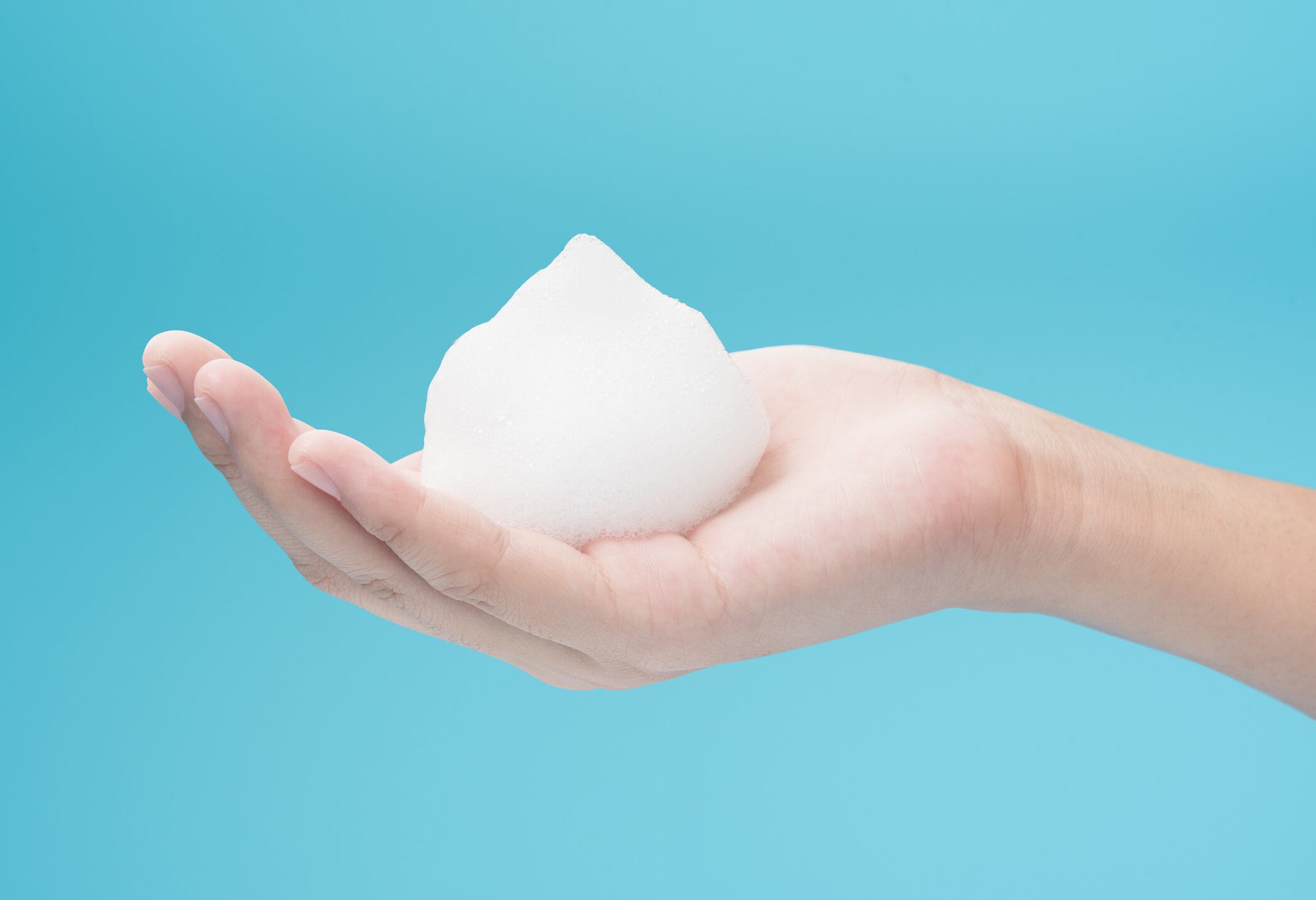New research published in Cosmetics journal has investigated the properties of water-free foams (oleofoams) when stabilised by sucrose esters (SEs) with varying hydrophilic-lipophilic balance (HLB) values.
Sucrose esters are biodegradable surfactants that are already widely used in the cosmetic industry due to their vast range of HLB values. However, these are mainly used in water-based formulas.
Meanwhile, an oleofoam is a foam that is created by combining oil with a foaming agent, such as a surfactant or an emulsifier, and then whipped.
As consumers demand more sustainable products and therefore more water-free formulations, the study explored the effects of sucrose ester HLB value on the physical properties of these foams.
The research assessed how the HLB values of sucrose esters affected the physical properties of oleofoams, including bubble size, over-run (air incorporation), and stability.
It also investigated the oil triglyceride content – analysing how different triglyceride profiles could influence the foam properties.
What were the key findings?
The researchers concluded that there are benefits to integrating sucrose esters into water-free cosmetic products and believe there is a need for further exploration into their potential.
The research revealed the importance of HLB value and triglyceride content in foam stability and performance.
Overall, the study demonstrated that sucrose esters with lower HLB values (3-9) could effectively stabilise oleofoams.
The most hydrophilic sucrose ester generated the highest over-run values (which indicates better foam performance).
In terms of oil triglyceride profile, the results showed that more air was incorporated into the foam with longer fatty acid chains. Stability improved without significantly changing the viscosity.
The study also showed that the foaming capabilities of sucrose esters significantly depended on temperature. As the temperature increased, the over-run decreased when the temperature exceeded the optimum for homogenisation.
This suggested thermal reversibility in the emulsifying properties of these compounds and implied that higher temperatures could disrupt the intermolecular bonds that are necessary for foam stabilisation.
Rheological assessments showed no significant differences in the storage and loss moduli of the different sucrose ester mixtures.
Surface tension measurements confirmed that the presence of sucrose esters reduced the oil/air interfacial tension, although higher or lower HLB values indicated varied effects based on temperature conditions. Surface tension results also showed that the most hydrophilic sucrose esters reduced the oil/air surface tension the most.
The study provided evidence on the stability of oleofoams at 60°C, where higher over-run values correlated with enhanced stability against oil drainage, which reinforced the relationship between foaming capacity and emulsion stability.
Analysis of bubble size showed that the foams produced at lower temperatures resulted in smaller bubble sizes, also linking bubble diameter with stability and rheological behaviour.
How can this affect future cosmetics formulations?
As sucrose esters are biodegradable, the findings suggest that they could be used to create stable, water-free cosmetics with foamy textures, which offers consumers both sustainable formulations and an enjoyable sensory experience.
The researchers highlighted that there is still a need for more extensive research into the interfacial rheology of sucrose ester-stabilised oleofoams to help create the optimum formulations.
They also highlighted that the findings could be beneficial for both the food and pharmaceutical industries, where oleofoams are also relevant.


